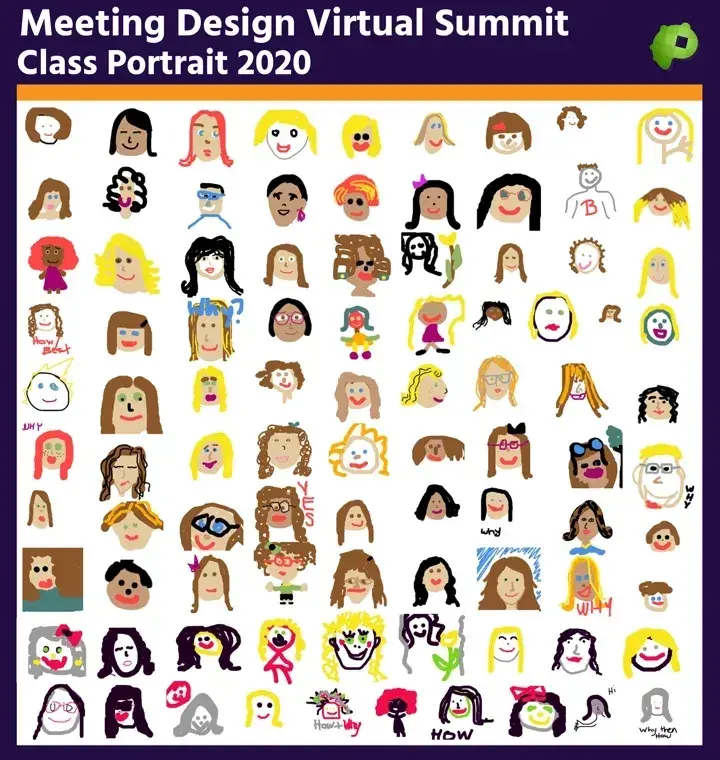Embracing Creativity: Why It’s Okay to Be the Worst Drawer in the World
- Chris Bent
- Jul 27, 2024
- 3 min read
“Oh crap, I suck at drawing.”

This thought, accompanied by an initial wave of uncertainty, was the reaction when Piccles was introduced during MPI's Meeting Design Virtual Summit. I asked everyone to draw themselves, and despite working in an industry that thrives on creativity, many participants felt uncomfortable expressing themselves through drawing. Thankfully, the process was anonymous, and over 100 people stepped out of their comfort zones to participate.

Creativity and curiosity are old friends, often exploring new terrains and looking under rocks together. However, they rarely hang out in comfort zones; in fact, they find them quite boring. Here’s the catch: you will never be comfortable with creativity. You can only become more comfortable with being uncomfortable.
The Nature of Creativity
Being uncomfortable goes against human nature. Comfort equates to safety, and safety means survival. But we’ve moved beyond mere survival—now it’s about thriving. Creativity isn't about surviving; it's about flourishing. If you ask any CEO whether they’d prefer to survive or thrive, the answer is obvious. So why do so many corporate cultures stifle creativity in favor of the status quo?

The overwhelming majority of meeting planners at the summit felt they weren't living up to their creative potential, even though their field is inherently creative. Picasso once said, "Every child is an artist. The problem is to remain an artist once they grow up." So where does our creativity go as we age?
The Evolution of Creativity
Short Answer: Nowhere. Creativity is like a muscle—it’s still there, just not being worked.
Long Answer: From an early age, educational systems prioritize STEM (Science, Technology, Engineering, Math) over the arts. This trend began during the Cold War when America needed more scientists and engineers to compete in the space race. Standardized testing further emphasizes these subjects, making it challenging to measure creativity with a #2 pencil.
This prioritization explains why many people feel constrained by self-imposed mental barriers. Labels such as accountant, engineer, or salesperson can pressure individuals to conform to these roles, stifling creativity.

Breaking Down Barriers
Despite numerous obstacles, most limitations are internal. Time management often boils down to prioritization. You make time to eat because it’s essential—why not make creativity a priority too? Simple changes in your daily routine can free up time for creative pursuits.
Creativity isn’t just about creating art; it’s about doing anything that breaks the status quo. Whether it’s trying a new recipe, taking a different route home, or talking to a stranger, these small actions work your creative muscle. The more you practice, the easier and less scary it becomes.
Steps to Foster Creativity
Here are a few simple actions you can take today to step out of your routine and boost creativity:
Brush your teeth with your non-dominant hand.
Take three deep, mindful breaths during your lunch break.
Compliment a coworker’s socks.
These actions may feel uncomfortable at first, but stepping out of your comfort zone makes life exciting. Each step you take outside your standard routine shows you have the autonomy and capacity for change from which creativity will spring.
Conclusion
Creativity isn't about being perfect; it's about being willing to explore, to be uncomfortable, and to take risks. So embrace your inner artist, no matter how unskilled you might feel.
If you’d like a short creative workout delivered via text every morning, join the community.




댓글